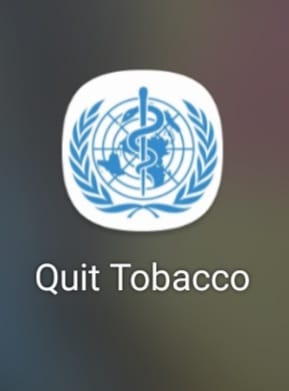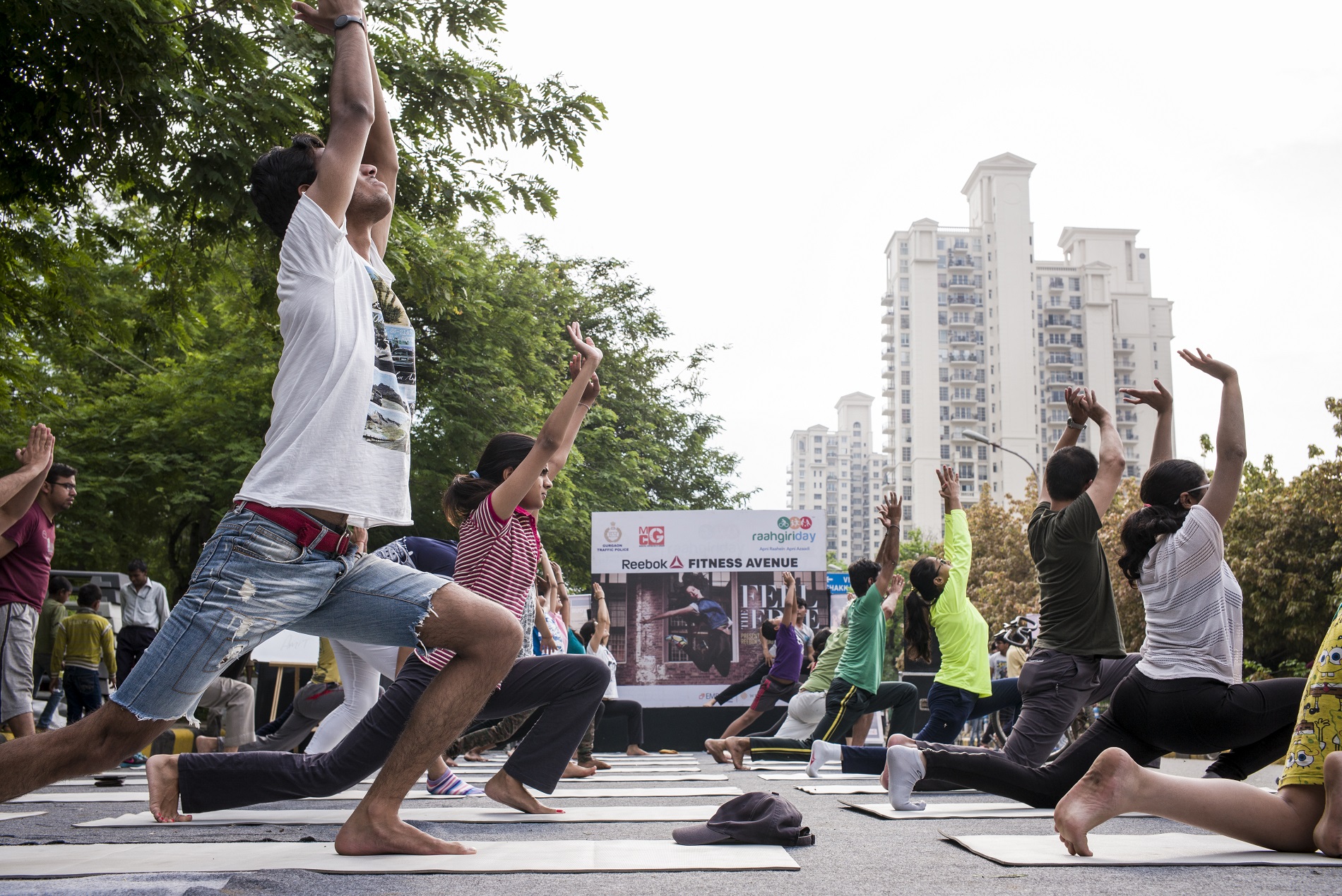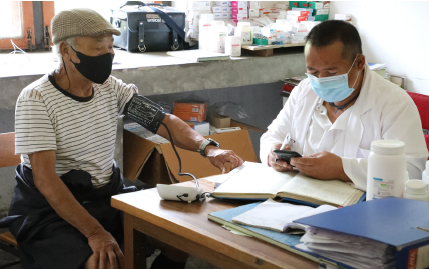New Delhi, 4 May 2022: Noncommunicable diseases such as diabetes, heart diseases etc are a leading cause of death and disability and account for approximately 8.5 million deaths every year in the WHO South-East Asia Region. Noting the risk posed by NCDs, the Region identified prevention and control of NCDs as a flagship priority in 2014. Since then, countries in the Region have been making concerted efforts for multisectoral approach to reverse the NCDs, with many of them preventable. With the pandemic disrupting NCD services, efforts over the last two years have been to close gaps in coverage.
“The ongoing pandemic disrupted health systems and highlighted the vulnerability of people with NCDs to contracting severe disease and death from COVID-19. However, efforts over the years to strengthen and make primary health care more resilient and enhance screening and diagnostics helped countries restore NCD services,” said Dr Poonam Khetrapal Singh, Regional Director, WHO South-East Asia Region.
As a result, despite the recent disruptions due to the pandemic, member countries in the Region continued to make progress, step-up efforts to fill gaps in NCD services, and address risk factors for NCDs by focusing on implementing evidence-based, cost-effective interventions - the ‘best buys’ – to prevent and control NCDs.
Tobacco use is the single largest preventable risk factor for disease in the Region and a significant contributor to the main NCDs - cardiovascular disease, cancer, diabetes mellitus and chronic respiratory disease.
With unstinted political commitment from the highest levels reiterated time and again, the Region achieved the fastest rate of decline in tobacco use. Smoking among men declined from 50 percent in 2000 to 25 percent in 2020. The Region recorded a steep decline in tobacco smoking among women from 8.9 percent in 2000 to 1.6 percent in 2020.
While tobacco surveillance was expanded to monitor tobacco use and control policies, six countries banned ENDS (electronic cigarettes). Bangladesh, India, Indonesia, and Sri Lanka are working towards moving tobacco farmers away from growing tobacco. Bhutan, Nepal, Maldives, Sri Lanka and Timor-Leste have established and scaled-up tobacco cessation services. Counselling to a patient at the Tobacco Cessation Center at Formosa Community Health Center, Timor-Leste
Counselling to a patient at the Tobacco Cessation Center at Formosa Community Health Center, Timor-Leste
©WHO Timor-Leste/ Elisabeth

Timor-Leste, Nepal, Maldives, India, and Sri Lanka, have implemented large-sized graphic health warnings on tobacco packs while Thailand was the first in Asia to implement Plain Packaging, a recommended tobacco control measure.
The WHO-SEARO launched the ‘Quit Tobacco App’ in 2022. The app the first such by WHO, and the first that targets all forms of tobacco, helps people kick the cigarette butt and give up use of tobacco in all forms - including smokeless and other newer products.
Unhealthy diet, especially, food and drinks high in salt, sugar and fat is a key behavioural risk factor for NCDs. Political commitment to address unhealthy diets and improve the food environment is high in many Member countries of the Region. Regulatory actions being implemented to support a healthy dietary environment include restricting food ingredients such as trans fats, fiscal policies including taxing sugar-sweetened beverages, restricting marketing of foods to children, and food labeling to empower consumers make healthy choices.
India and Thailand have already restricted trans fat. In Bangladesh, limits on TAF will take effect on December 31, 2022. Sri Lanka has taken steps to identify dietary sources for trans fat and is working towards regulations. WHO continues working with countries to eliminate industrial TFA from the food supply by 2023.
To tackle the increasing consumption of free sugars, including sugary drinks, a major contributor to rising cases of obesity & diabetes particularly among youth, India, Maldives, Sri Lanka, and Thailand adopted specific measures to tax sugary drinks and took steps to ban such drinks from schools and hospitals. Indonesia, Thailand and Sri Lanka have implemented front-of-pack labels to support informed choices by consumers. Actions to reduce unhealthy diets are also being supported by awareness programmes across Member States.
Progress on the food environment is slow due to post-pandemic economic issues, and commercial determinants of health. WHO continues to support countries to implement and enforce these policy measures through advocacy and technical support.
Harmful use of Alcohol is one of the key risk factors for NCDs and is linked to more than 200 diseases. Globally alcohol consumption results in more than 3.3 million deaths, greater than HIV/AIDS, violence or tuberculosis.
Although WHO South-East Asia Region may have a relatively low prevalence of heavy episodic drinking, the Region has witnessed a gradual but significant increase in alcohol consumption.
While some Member countries endorse absolute prohibition of alcohol consumption, for others it is an integral part of the social culture.
As part of the alcohol control initiative, Nepal in April 2022 joined the SAFER initiative to partner with the WHO for the prevention and reduction of alcohol-related harm and deaths. The initiative, a set of five most cost-effective interventions include strengthening restrictions on alcohol availability, advancing and enforcing drink driving countermeasures, facilitating access to screening, brief interventions and treatment, enforcing bans or comprehensive restrictions on alcohol advertising, sponsorship and promotion, and raising prices on alcohol through excise taxes and pricing policies.
Despite the obvious harm from alcohol and the growth in consumption, evidence shows that the overall situation of policy and intervention to address harms from alcohol in Member States of the South-East Asia Region needs to be significantly strengthened.
Physical inactivity is another key risk factor for NCD’s. The prevalence of inactivity among adolescents in the Region is as high as 74 percent. Inactivity among adults is around 15 percent.
Recognizing physical activity as one of the primary preventive measures and best buys against NCDs India started the ‘Fit India movement’, the ‘Eat Right Movement’ along with an ‘Eat Right tool kit’, Maldives and Sri Lanka developed a national policy on physical activity. Thailand has created an online portal to provide information to policymakers on resource allocation to increase physical activity. Other countries are in the process of developing national policies, guidelines and multisectoral activities to promote physical exercise.
People doing yoga in Haryana, India
©WHO SEARO/ Florian Lang
In 2021, the Regional Roadmap for implementation of the Global Action Plan for Physical Activity (GAPPA) was launched aiming to achieve the voluntary target of a 10 percent relative reduction of insufficient physical activity by 2025 and 15 percent by 2030.
Available data show that while there has been improvement, progress has been uneven and slow. Gaps between policy and implementation needed to be narrowed especially as it involves cross-sectoral actions.
Scaling up NCDs in PHC and UHC
The Colombo Declaration on Strengthening Health Systems to Accelerate Delivery of NCD Services at the Primary Health Care Level was endorsed at the 69th Regional Committee of the WHO South-East Asia Region in 2016 (SEA/RC69/R1). Nine countries are taking up focused activities for the improvement of care pathways within the primary health care level.
In India, population-based screening has been expanded to more than 600 districts; more than 110 million individuals have been screened as of 21 June 2021. Nearly 75 550 health and wellness centers have initiated point-of-care diagnostics, screening services for NCDs, and free drugs supply. The India hypertension control initiative has been rolled out to 17 states covering 80 districts and enrolled 1.4 million patients since the start of the program in 2018.
While the COVID-19 pandemic impacted health care and NCD services, countries in the Region found innovative ways to maintain routine NCD services. Strategies like triaging and digital health initiatives were adopted by many countries to address disruptions and continuity of NCD services at all levels of care.
Insulin donations were mobilized for Bhutan, Maldives, Nepal, Sri Lanka, and Timor-Leste in 2021.
Drive-through facilities were set up in Thailand to enable younger relatives to pick up medicines. Community health workers used hospital vans and motorcycle taxis to deliver medicines to patients. Tele-medicine was used to facilitate follow up care.
In Thailand and Sri Lanka postal services were used to deliver medicine to patients during lockdowns. Bhutan extended its Service with Care and Compassion Initiative (SCCI) programme to all districts which screen for NCDs and provides decentralized treatment and care.

Doctor monitoring blood pressure of a patient as part of the SCCI programme at the Samadingkha Primary health centre, Bhutan.
©WHO Bhutan/ Rinzi Om Dorji
To enable the continuation of the capacity building during the COVID-19 pandemic, WHO-SEARO Online Course for delivery of people-centered NCD services was developed in 2020 as part of the global strategy on digital health. While Bhutan and Sri Lanka adapted the online courses and launched national training courses based on the WHO-SEARO course, Maldives developed an app to support the implementation of WHO’s package of essential noncommunicable (PEN) disease interventions.
Cancer control strategies
Cancer is the major cause of mortality, morbidity, and disability in the Region. Nearly 35.5 percent of all cancers in the Region are attributed to various risk factors, including tobacco, dietary risk factors, and air pollution.
Among men, oral and lung cancer are the most common in the Region linked to a single known and proven risk factor- tobacco and areca nut chewing. Cervical cancer is the second most common cancer in terms of the number of cases in the WHO South-East Asia Region.
Nine of the 11 Member countries of the Region have population-based cervical cancer screening programs. A few countries have introduced HPV vaccination for adolescent girls to prevent cervical cancer.
With an aim to improve the quality of care and access to childhood cancer services, the South-East Asia Regional Childhood Cancer Network (SEAR CC Network) was set up in August 2021. The network has fifteen institutions from 10 Member states in the Region.
The Global initiative for childhood cancer launched in 2018, aims to save 1 million young lives globally by achieving at least 60 percent survival rate for children living with cancer by 2030.
One of the key strategies to combat NCDs such as cancer has been to strengthen access to primary health care and referral systems for early detection and treatment.
Challenges & road ahead
The burden from NCDs is projected to increase globally. Current lifestyle changes and trends coupled with reduced physical activity, especially in urban areas, are further driving the increase in the burden of disease and deaths from noncommunicable diseases.
The extended periods of lockdowns to contain the virus have further exacerbated the problem. The COVID-19 pandemic which disrupted health systems and highlighted gaps in NCD care services and also exposed the vulnerability of those with NCDs to severe disease and death.
Despite the challenges posed by the pandemic, countries adopted innovative approaches to address the disruption in health care services. As they now build back health systems, it is important that health care services for people living with NCDs are included in national response and preparedness plans for COVID-19 and future health emergencies.
Wide scale implementation of the ‘best buys’ – a set of 16 most cost-effective interventions identified by WHO to tackle the incidence of NCDs will require greater coordinated multisectoral action, engaging the non-health sector across government and partners to support policy, initiatives, and actions to work collaboratively on solutions for the prevention and control of noncommunicable diseases and achieve Sustainable Development Goal(SDG) 3 on health by 2030.
“Eighty-five percent of all premature deaths from NCDs occur in low and middle-income countries and most of them are preventable. Through prevention measures and treatment, we can save millions of lives every year, reduce disability and end suffering associated with NCDs,” said Poonam Dr Khetrapal Singh, Regional Director WHO South-East Asia Region.
